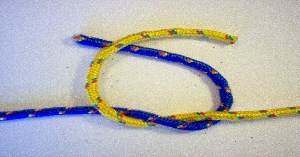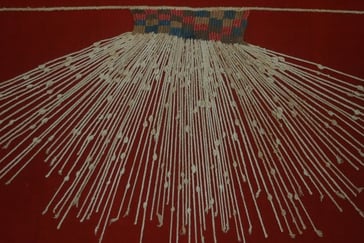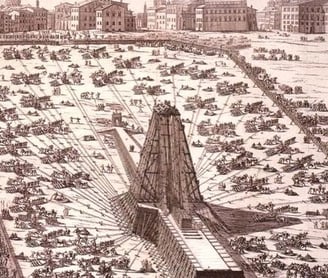Knot tying can be dated back thousands of years. The first material was probably a plant fiber. Today we would use leather strips, ribbon, wire, cotton string or rope.
Knots have been used for a variety of purposes through the ages. The Incas of Peru used knots for written communication. The type of knot, and the position on a colored cord, would all convey a special message. Knots have been used as decoration for jewelry, fringe on window dressing, wall hangings and art, like traditional Celtic knot designs.
Sailors and fishermen have many uses for knots, from anchor lines, to mooring ships, securing sails and fashioning nets.
Our kit contains two ropes in 2 foot lengths. Directions and photo illustrated pages for tying knots. These same knots can be used on finer cording for crafts and jewelry making. Instructions along with digital images are included for the following knots:
1) Buntline Hitch 4) Reef Knot
2) Anchor Bend 5) Sheet Bend
3) Figure 8 Knot 6) Bowline Knot


Knots were an important in record keeping. The Inca, an empire that flourished in the Andean region of South America, used an intricate knotted textile system called Khipu. Although there is much to discover, it's generally known that the system was used to record information like census data and calendar systems.




With the growth of civilizations, the use of ropes and knots was imperative to the creation of structures, especially with the development of cranes and lifting devices.
This information is provided online by New Scientist.com and written by Daniel Cossins
Link to: We thought the Incas couldn't write. These knots change everything